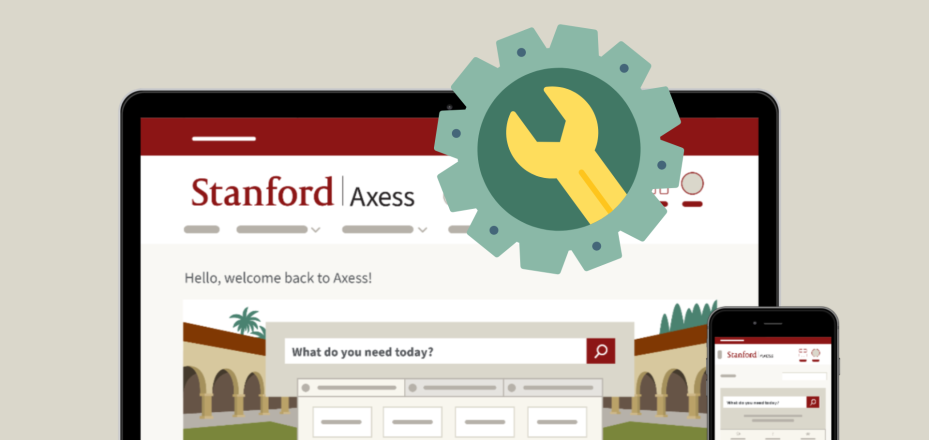Transforming Financial Reporting at Stanford

For more than 1,700 Stanford staff members, there’s a new and improved way to run expenditure reports.
The largest phase of a multi-year program led by University IT (UIT) and Financial Management Services (FMS) to transform financial reporting at Stanford is now complete. Expenditure statement reporting previously delivered through reports such as the ReportMart3 (RM3) 279 and 285 is now incorporated into Consolidated Expenditure Reporting, or CER. The reports are also still available in RM3.
It’s part of a larger program called Evolve Financial Reporting (EFR), which is designed to move financial reporting at Stanford to a unified system, through the re-architecture of data, tools, and processes. A crucial aspect of the program is the transition from RM3 to Oracle Business Intelligence (OBI).
In addition to UIT and FMS, support from Research Financial Compliance and Services (RFCS) and Office of Sponsored Research (OSR) made the transformation possible.
Program goals and features
End user feedback has been a cornerstone of the EFR program, driving the experience and shaping the results. The project team worked directly with more than 700 users, beginning with the design of the reports and continuing through launch. More than 600 distributed users participated in user acceptance testing alone.
Delivery of the CER phase was the result of “uncompromising hard work” by the project team, said Vijay Gandra, UIT’s director of Data Management and Reporting who sponsored the project.
“What we delivered is going to make a huge difference for financial analysts on campus,” he said.
That’s already true for Amy Koh, a senior financial analyst at the Graduate School of Business.
"Every part of OBI has been a huge improvement over RM3,” she said.
The CER phase, which went live in March, is characteristic of the primary goal of the EFR project: to enable high-quality business decisions through an integrated set of reporting and analysis capabilities, providing the right information to the right people at the right time.
Key features of the overall EFR project include:
- A common data foundation underlying all levels of reporting
- A common data language
- Integrated reporting solutions meeting all reporting needs provided by existing tools (such as RM3)
- Drill-down capabilities enabling easier and more intuitive analysis
- Reports designed for clarity of function, simplicity of use, and speed of result
- A common look and feel across applications
- Advanced reporting and ad hoc analysis capabilities
Project phases
The RM3 reports replaced by CER are scheduled for retirement in the fall of 2016, after year-end close. Remaining RM3 reports will be replaced in ensuing phases of the EFR project:
- Procure-to-Pay Detail Reporting is scheduled for implementation in spring 2017, and
- Revenue and Fund Reporting is scheduled later in 2017, and will complete the transition of RM3 data to OBI.
Work on EFR will continue beyond these phases. The reports will be continuously enhanced based on user feedback.
Learn more
- For more information on EFR, see About OBI Financial Reporting on the Gateway to Financial Activities (Fingate) website.
DISCLAIMER: UIT News is accurate on the publication date. We do not update information in past news items. We do make every effort to keep our service information pages up-to-date. Please search our service pages at uit.stanford.edu/search.



